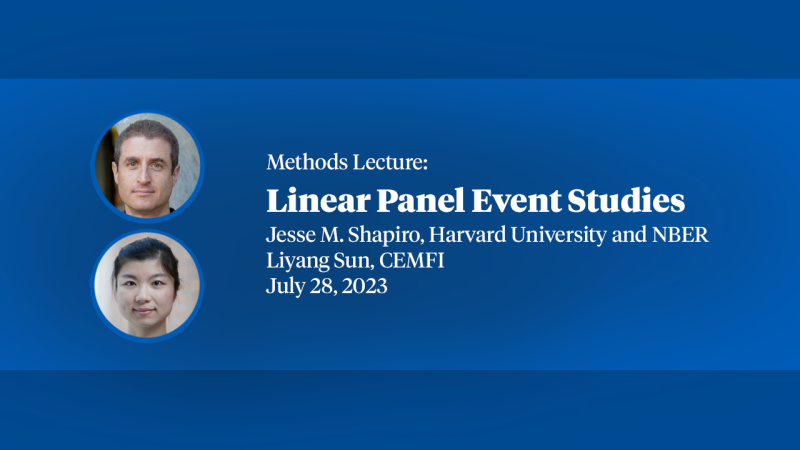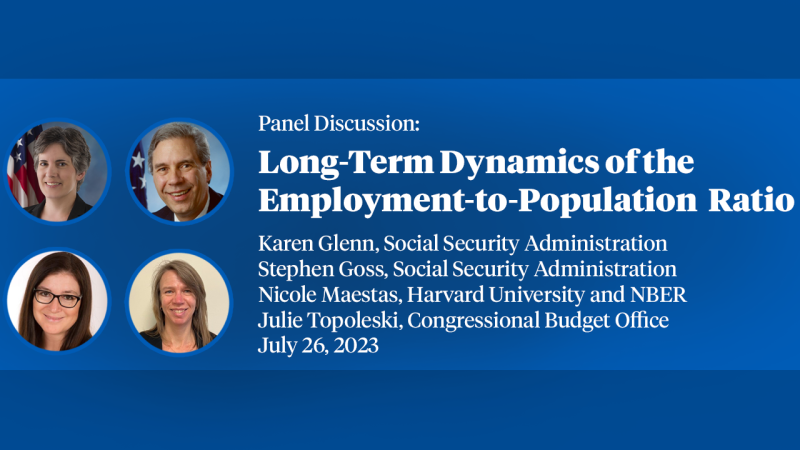"Social Security Privatization: A Structure for Analysis"
This paper identifies the key economic issues that must be addressed in the debate over a privatized social security system. We examine a two-pillar plan. The first pillar would consist of a demogrant: a small indexed pension of the same dollar amount for all retirees who had contributed to the system over a full lifetime of work. The second pillar would consist of a fully-funded individual defined-contribution account, financed by payroll taxes, held in financial institutions, and directed by participants. We explore how such a system would affect the risks households face, how it would alter the distribution of income, and how it might influence household behavior, including incentives to work and save, and portfolio choices. We also examine macroeconomic issues: how the transition to a private plan would occur, and what the likely effects would be on national saving. We conclude that a two-pillar system offers several positive features, namely a reduction in political risk, an increase in household portfolio choice, and improved work incentives. Disadvantages include less redistributiveness and national risk sharing, and increased administrative costs.
Published Versions
American Economic Review Papers and Proceedings, Vol. 86, no.2, pp. 363-367 May 1996 citation courtesy of ![]()


